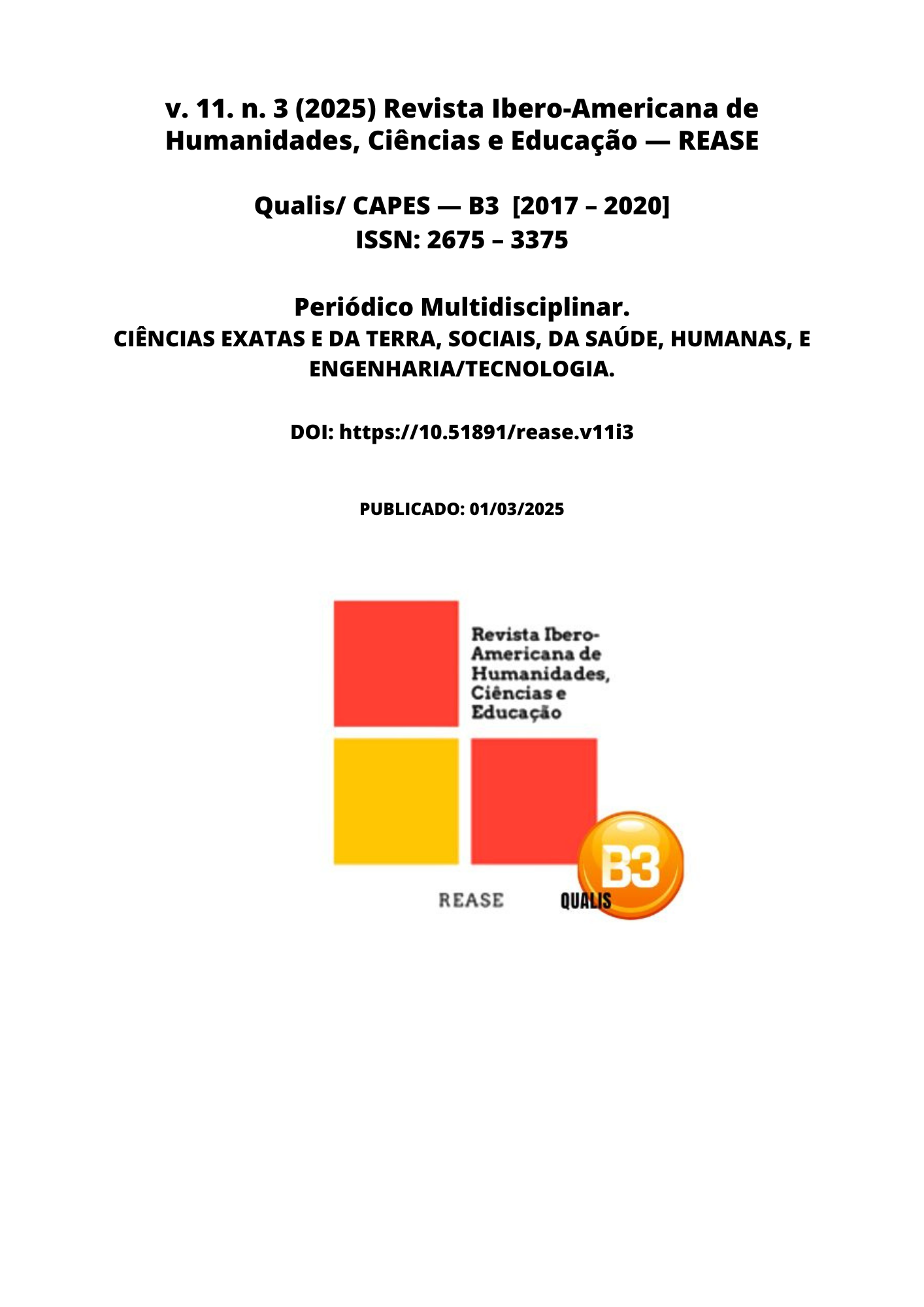ANALYSIS OF BOTTLENECKS IN THE CUSTOMER SERVICE SECTOR TO REDUCE CHURN IN A COMPANY: CASE STUDY
DOI:
https://doi.org/10.51891/rease.v11i3.18304Keywords:
Service. Churn. Quality.Abstract
This article sought to develop a project focused on identifying bottlenecks in the customer service sector, with the aim of reducing churn in a card machine payment solutions company for now. The card machine payment solutions sector has experienced growing demand due to the evolution of financial technologies and the increase in electronic commerce. To achieve the objective of this article, methodological quality tools such as the Ishikawa Diagram, the PDCA Cycle and 5W2H were applied with the aim of instructing and directing the necessary adjustments. To this end, bibliographical research, scientific articles were used, covering knowledge related to the topic, in addition to comparative analysis of the previous and subsequent scenario and quantitative analysis, to determine the effectiveness of implementing the change, the results are presented through graphs obtained. In short, there was a significant reduction in the number of customers lost due to service problems. In 2022, the company lost 72% of its customers due to service problems, while in 2024 this rate was reduced to 14% according to projection data.
Downloads
Downloads
Published
How to Cite
Issue
Section
Categories
License
Atribuição CC BY

